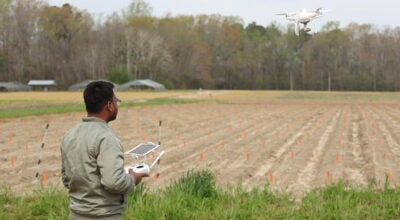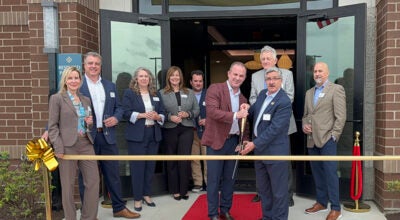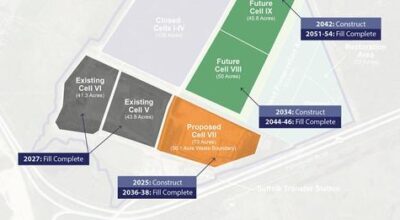Bowers Hill interchange study gets further review
Published 6:05 pm Friday, November 26, 2021
|
Getting your Trinity Audio player ready...
|
The Virginia Department of Transportation has recommended an additional lane and a part-time driveable shoulder lane in each direction be added onto Interstate 664 from Bowers Hill to College Drive.
The Hampton Roads Transportation Planning Organization, which heard the proposal from VDOT Assistant Environmental Division Director Scott Smizik at its Nov. 18, will vote on it at its January meeting.
VDOT has been working with the Federal Highway Administration and other federal, state and local agencies to develop the environmental impact statement for the interchange.
The study area includes Interstates 664, 64 and 264, U.S. Routes 460, 58 and 13 and Jolliff Road — VA Route 191 — in Suffolk, Chesapeake and Portsmouth. It was expanded in spring 2020 to include I-664 from Bowers Hill to the College Drive interchange.
Smizik said the other interchanges along I-664 to College Drive are also a part of the study. He said the focuses of the improvements are to reduce congestion, increase the travel reliability in the area and provide additional travel choices.
He said VDOT also considered adding one or two general-purpose lanes in each direction, adding one or two managed lanes — the one managed lane had been modified to allow for one managed lane plus a driveable shoulder lane. It also considered collector-distributor lanes — extra lanes between the main interstate lanes and the frontage roads. Smizik said the collector-distributor lanes would have improved the interchanges but not the entire corridor.
Smizik said it also considered making improvements to transit service, park-and-ride facilities and extending acceleration and deceleration lanes.
A summary of findings from the preliminary study, according to Smizik, indicated 129 properties and more than 52 acres that would be impacted under a worst-case scenario. It would also impact 101.6 acres of wetlands and 6.5 acres of stream impacts.
Smizik said VDOT’s preferred choice would align with the Hampton Roads express lane network currently under construction as part of the I-64 Southside/High Rise Bridge project.
Prior to expanding the study area, VDOT had given its preference for the design of the Bowers Hill interchange itself, recommending that the majority of the interchange be rebuilt to separate mainline traffic between U.S. Route 58/Interstate 264 and I-664/I-64 through the proposed interchange, which officials had said would eliminate weaving movements there and improve traffic flow.
VDOT has set up a website at bowershillinterchange.com and plans to post materials describing its “recommended preferred alternative” for the I-664 corridor Dec. 17. The materials will be available, along with public comments, until Feb. 9, when it will request concurrence on its preferred choice from the Army Corps of Engineers and the Environmental Protection Agency.
VDOT plans to present its preferred choice to the Commonwealth Transportation Board in March.
The HRTPO board is to vote on VDOT’s preferred choice for the I-664 corridor Jan. 20.
VDOT will also seek public input on it, and on Jan. 26 and Jan. 27, it will hold meetings on its preferred choice — the first meeting virtual and the second in-person, tentatively planned for the VDOT Hampton Roads district office on Burbage Drive in Suffolk.






